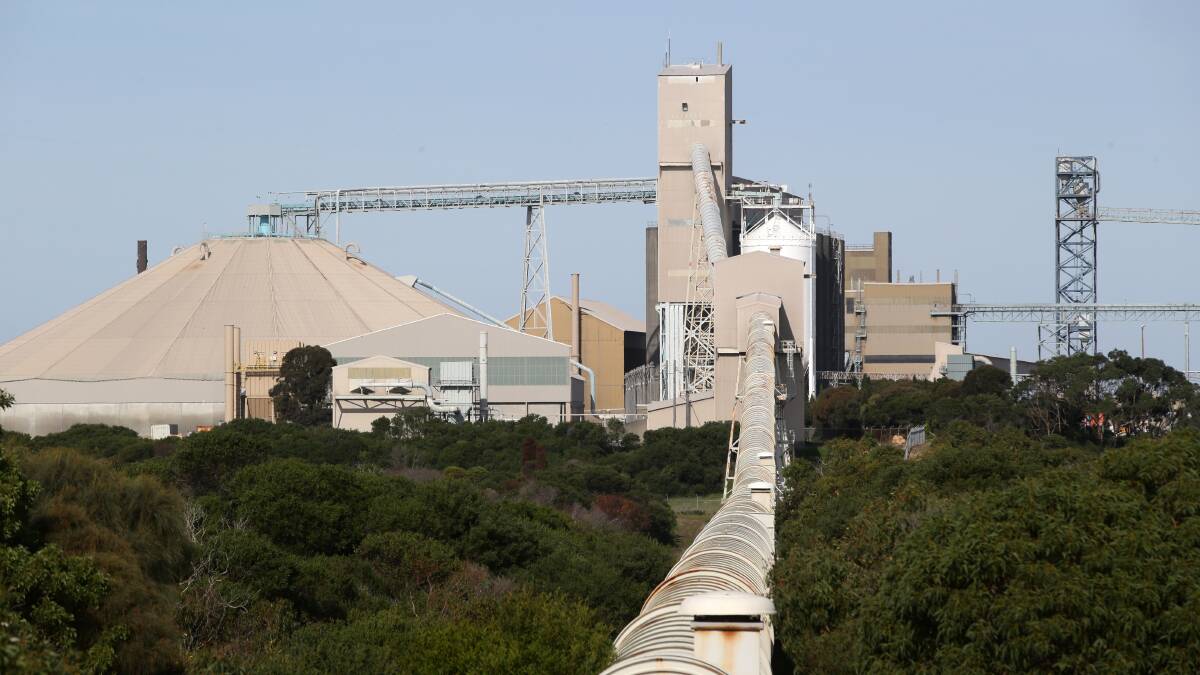
IT will be some time before Alcoa knows the full cost of the damage caused by the loss of power to one of the potlines at its Portland smelter on Thursday.
Subscribe now for unlimited access.
or signup to continue reading
A company spokesperson said on Friday that staff were “working around the clock” at the smelter to return things to normal.
“We still have resources working on maintaining and stabilising the pot line,” the spokesperson said.
“So there’s been no assessment around damage and we’re not going to speculate (on the cost) at this stage.
“We’re working around the clock and will be for a few more days to stabilise the potline.
“There are no job losses at this stage – it’s all hands on deck. We have people volunteering to come in on their days off to help out.”
A power failure early Thursday sparked the problems for the Portland smelter. The issue also “browned out” hundreds of thousands of customers in South Australia.
“Power was lost to both of the smelter’s potlines for approximately five-and-a-half hours,” an Alcoa spokesperson said on Thursday.
“As a result of the outage and subsequent instability, and to ensure the safety of people inside the plant, one potline (was) curtailed.”
The spokesperson said on Friday the power was being reconnected to the second pot line but that it was a long process.
“It is too early to speculate on the full impact of the power outage or on how long it may take to restore normal operations,” the spokesperson said.
Member for Wannon Dan Tehan said the power outage and its effect on Alcoa’s Portland smelter had the federal government’s attention.
"The federal government is already looking into what happened and we're waiting on a detailed report," Mr Tehan said.
"The focus at the moment is ensuring we get the smelter up and running and normalised. I've personally spoken with Alcoa and the (Glenelg Shire) mayor (Anita Rank) and offered my full support. At the moment it's just wait and see. We'll be working closely with Alcoa going forward.”
Member for South West Coast Roma Britnell said she understood the power outage had caused aluminium in production to solidify and that it was the first first time in the plant’s 30-year history that power had failed.
She said it was believed the problem was at the Heywood interconnector.














